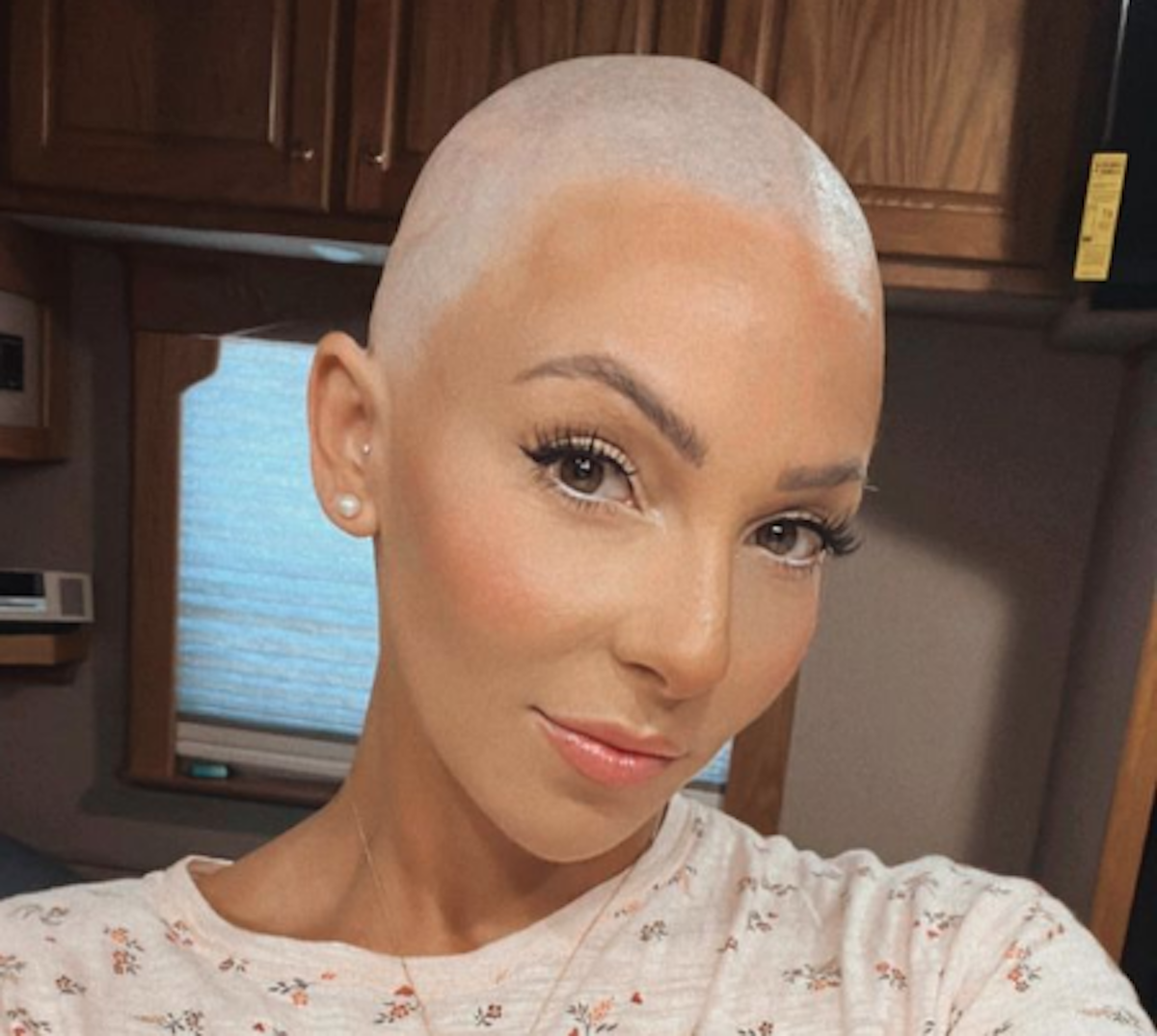Younger People Getting Cancer
- A rising number of young people are being diagnosed with cancer, according to data from the Institute for Health Metrics and Evaluation at the University of Washington School of Medicine.
- Cancer rates are the highest they’ve been in three decades for people between 20 and 34 in G20 countries, or a group of nations with major economies that work together to address economic issues.
- Between 1990 and 2019, cancer rates have increased 22% in people between 25 and 29 – faster than in any other age group.
- A chart showing the rise in incidence rates of some cancers since 1990 for those between the ages of 15 and 39 shows nasopharynx (area behind the nose and above the back of the throat) cancers to be at the highest incident rate, followed by prostate, kidney, and thyroid.
- While an exact cause has not been established, contributing lifestyle factors such as childbearing, diet, obesity, physical activity, alcohol and smoking may be playing a part.
Between 1990 and 2019, cancer rates have increased 22% in people between 25 and 29 – faster than in any other age group, according to the Financial Times, which analyzed the recent findings from the Institute for Health Metrics and Evaluation at the University of Washington School of Medicine.
Read More
Even 21-year-old actress Miranda McKeon, best known for her role in Netflix's “Anne With An E,” battled stage 3 breast cancer.
Although a reason behind the rise in cancer diagnoses has not been found, FT’s research also concluded that “Among 15- to 39-year-olds, cases of colorectal cancer increased 70% in G20 nations (countries with major economies, like the U.S. and China) between 1990 and 2019, compared to a 24% increase in all cancers.
RELATED: Actress Miranda McKeon Opens Up About Her Mastectomy And Breast Cancer Battle
Despite this troubling data, it’s important to know that most cancer still affects older people.
Cancer Research UK’s Chief Executive Michelle Mitchell told FT that age is still the top factor in cancer risk, noting that 90% of cases are in people over the age of 50.
A chart showing the rise in incidence rates of some cancers since 1990 for those between the ages of 15 and 39, shows nasopharynx (area behind the nose and above the back of the throat) cancers to be at the highest incident rate, followed by prostate, kidney, and thyroid.
Expert Cancer Prevention Resources
The “fastest increase” of cancer diagnoses has been among 15- to 39-year-olds in upper-middle-income countries (Brazil, Russia, China and South Africa), between 1990 and 2019, according to FT’s review of the findings.
While exact reasons for this dramatic rise has not been established, there may be some theories as to what could be contributing to the trend.
In regard to why breast cancer cases are rising among the young in countries like Brazil, Russia, India, China and South Africa, and other developing nations, epidemiologist Valerie McCormack, who is part of the World Health Organization, told FT it could be linked to women having fewer children or giving birth later in life.
McCormack explained, “These changes do have many benefits for women, but they do place them at greater risk of breast cancer.”
For more information on how childbearing affects your risk of breast cancer, visit our resource center here.
RELATED: Are Diet and Lifestyle Factors Responsible for Increasing Cancer Rates in People Under 50?
She also suggested an increase in smoking and alcohol use in some developing countries, as well as a more Westernized diet, obesity, and a decrease in physical activity, could play a role in why younger people are getting cancer.
Sugar, The Western Diet And Cancer Prevention
“These are epidemiological and lifestyle transitions which will be contributing to increasing rates of specific cancers,” McCormack added. “Some of the rises are so very recent that the research hasn't been done to exactly pinpoint all of the driving factors.”
Meanwhile, Simiao Chen, head of the research unit for population health and economics at the Heidelberg Institute of Global Health, noted, “If the trend is getting younger then the economic burden will be much heavier because we are losing people in the working age population who can contribute to economic growth. …So it will reduce the quantity and the quality of labor.”
More Young People Getting Diagnosed With Cancer
According to a recent report published in CA: A Cancer Journal for Clinicians, the cancer death rate in the U.S. has fallen 33% since 1991.
However, alongside the good news are some concerning statistics. The report also found that breast cancer incidence in women has been increasing by about 0.5% every year since the mid-2000s and the prostate cancer incidence rate rose 3% per year from 2014 to 2019, after two decades of decline.
These concerning numbers come just months after another report found a shocking increase in cancer cases among people under 50.
As of now, the National Cancer Institute reports that the median age for a cancer diagnosis is 60-six years old but this statistic is changing.
Over the last three decades, the chance of developing cancer under the age of 50 has been on a gallop and many medical researchers don't expect the rising rate to lose momentum.
SurvivorNetTV Presents 'How Not To Get Cancer: Diet' The Power of Prevention & Healthy Habits
“The reason for the increase in cancer incidence among younger people is partially the result of social factors,” Dr. Gwendolyn P. Quinn, Professor of Obstetrics and Gynecology at NYU Langone Perlmutter Cancer Center, previously told SurvivorNet.
“These include a wider chasm between income levels, insurance status, and access to quality healthcare and education.”
Dr. Quinn adds, "Pollution and other toxins are also increasing in our environment, including our food sources and that too may increase the chance of getting cancer earlier."
Dr. Elizabeth Comen On Alcohol’s Link To Breast Cancer Risk
There's a staggering list of other lifestyle issues that may be contributing to the surge in earlier cancer diagnoses:
“Unhealthy diets with a lot of processed foods, giant-sized sugary drinks, alcohol, vaping, the use of recreational drugs, as well as higher risk sexual practices which can lead to sexually transmitted diseases such as HIV, HPV or hepatitis, are some of the big ones,” Dr. Sagun Shrestha, a medical oncologist and hematologist at City of Hope Phoenix, told SurvivorNet in an earlier interview.
RELATED: Lung Cancer Rising in Younger Women, Says New Study: What's Going On?
That's a lot on the younger generation's plate, but Dr. Shrestha says that it's where the biggest problem should be placed the plate. If she had to point to the number one reason cancer is affecting younger people, it would be our current food supply.
“Nowadays, accessing fast and unhealthy food is much easier than finding a healthy meal,” Dr. Shresthas explains. “The accessibility and availability of these fast foods coincide with the fast-moving lifestyles many people live.”
“Being Sick at a Young Age Gives You More Perspective”: How Did Cancer Change You?
However, there is some good news. “The technology that assesses for cancer and its risks have also improved,” Dr. Quinn points out. “And while cancer among people under fifty years is increasing, survival rates are also increasing.”
Questions to Ask Your Doctor
If you’re a young person concerned about your risk of cancer, here are some questions you can consider asking your doctor:
- Do you have suggestions for how I can determine my family history of cancer?
- Are there tests to determine my genetic risk of cancer?
- Let’s discuss my lifestyle and what areas I can make changes to help reduce my risk of cancer.
- What screening do you recommend for me based on my family history, genetic test results and lifestyle?
Contributing: SurvivorNet Staff
Learn more about SurvivorNet's rigorous medical review process.


